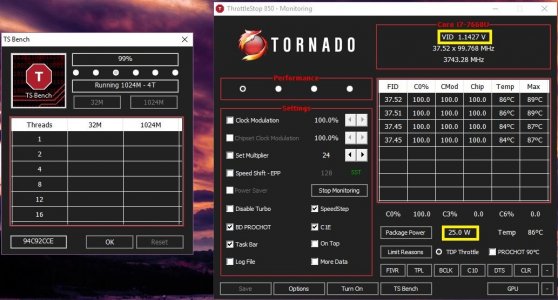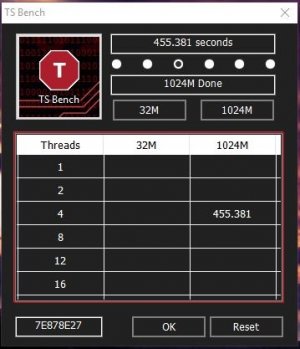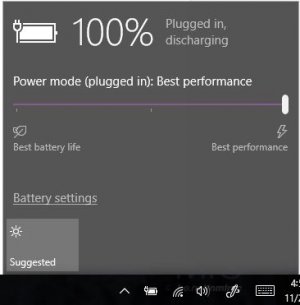Theartiszan
Member
Ahh Notebook review. I didn't even think to look at that forum at all to see if anyone else was having problems.I suspect they got a bad yield somewhere. I actually replied to your comment on the notebookreview forums [as Mindinversion]
The big problem here is that it's not like a hardware defect that can be traced in testing, as the chip actually WORKS-- but they're not binning them the way they should be for this application [if they're binning them at all] Silicon lottery is usually reserved for desktop CPUs, but I'm keeping a very close eye on this one with the advent of quad core ULV chips.... It could really give shape to how Intel is really doing with shrinking die sizes and CPU performance characteristics moving into 10nm process, etc.
I tend to agree. Maybe something with the batch of chips that was used in some of them.
After a few tries running through IPDT, even with a fan blowing on the back of the machine from and air conditioner I still have in the window (despite it being Novermber), the thing still fails the load test withing 30 seconds of hitting the CPULoad test.
Even if the processor hits into the 90s when under load I think that would be okay with me as long as it doesn't thermal throttle like crazy as it is now. I have a Dell Precision 7520 for work that will pretty much run at 92 C or so when under full load with a I7-7700HQ but never throttles for thermals either. That was what I was expecting to see with this processor. Or at least that it shouldn't hit over 95.
When I get the replacement in the mail from Microsoft, I will be sure to post back a result of the IPDT to confirm if the new one is any better or not.




